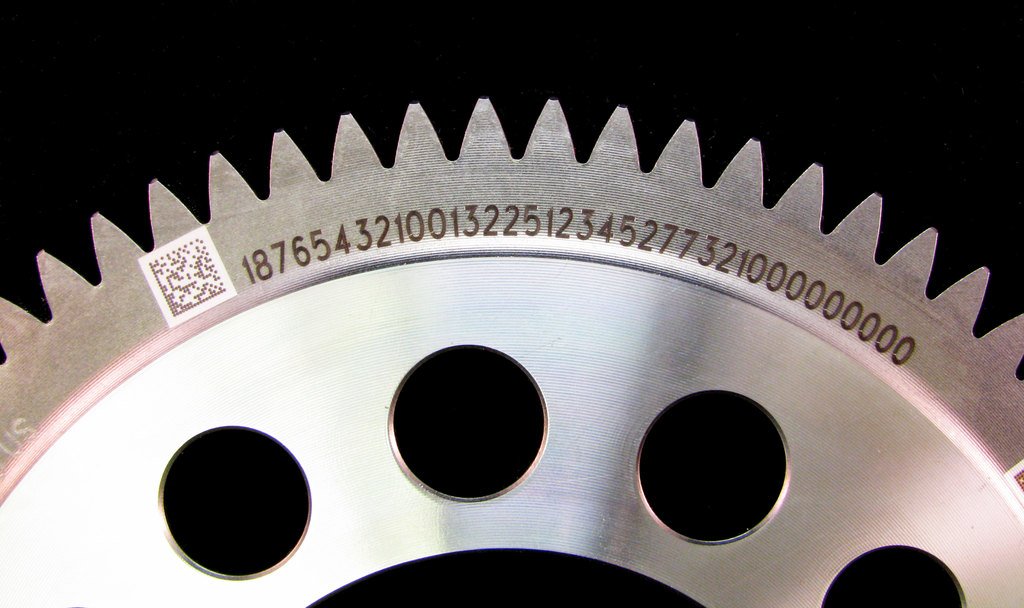Manufacturing Production Lot Control

Authored by Mark Lilly
Mention the words “Lot Control” to most manufacturers and hair tends to stand up on necks. At best, the term conjures up thoughts of having to do that extra work of tracking details of transactions that may not be tracked so well themselves: Purchase Receipts, Issue of Material to Jobs/Work Orders, and potentially receipts of finished goods. Then there’s the real bristly part if you actually have to track lots with an issue return, or return to vendor.
Even with a modern Manufacturing ERP (Enterprise Resource Planning) system in place, many customers still resort to manual methods to track Lot identifiers within their Inventory subsystem; either because it’s too tedious, or their ERP just doesn’t support it.
While tracking Lot information can be painful, whether inside or external to a Manufacturing ERP system, doing so will help with compliance to customer needs, industry and/or Quality certifications, and ultimately make your company more competitive.
Clearly, certain industries, such as Aerospace and Defense as well as Medical Device manufacturing require stringent material traceability. Tracking heat numbers for aerospace components is a given, as is serial numbers – a special case of lot control where lot size equals 1 – for finished medical devices.
But it often goes deeper than that. Many types of products with multi-level Bills of Material (BOM’s), regardless of industry, require that “gazinta’s” are tracked. That is, what lot or serial number of a child item “goes into” – was assigned and put into during the manufacturing process – the parent assembly or final product.
It’s this level of detail that is very challenging and time consuming to keep track of on a manual basis. And God forbid a historical look-up or mass recall is necessary. Having to trudge through hundreds or thousands of paper records is very time consuming. And if the paper records aren’t organized well, or some are missing? Well, you can see what sort of liability that would be to a company.
Rising to the Challenge
Tracking and managing lot or serial control information can be easy, but it takes a system that handles it, and the processes and procedures that make sure it’s happening so the information is there – and accurate – when you need it.
Understand what level of lot and serial number traceability support your company needs now and for future business growth. This means understanding what your existing customers or prospects require today, and what level of compliance they may need in the future. Ask yourself what level of compliance you want to attain, whether it’s specific ISO or other quality level certifications, or what industries you may want to look to for future growth. As stated earlier, clearly Aerospace and Defense and Medical Device manufacturing warrant lot and serial number traceability with varying levels of stringency.
Then check your Manufacturing ERP’s functionality and compare that to what you would want to support your needs. Here are some starting points:
- Can you turn on Lot / Serial Control for select parts?
- Can you rename the traceability label? So you can name the field “Heat Number”, for example, rather than having to call it “Lot Number”.
- Does the system support having “Attribute” or additional user defined fields of varying data types that can be used for other information you may want to track for a lot controlled or serialized part. Expiration Date is often an example of this. Of course, you’d want this to be a date type field, rather than an alpha-numeric text field.
- Can the system require input into an Attribute field?
- What transactions are supported with Lot/Serial control? Doesn’t do much good if you have to assign serial numbers at the last step of production if you can only track lots on purchase receipts. Here are some transaction types you may want supported:
- Purchase Receipt
- Issue to a workorder
- Labor Tickets (Work In Process reporting)
- Receipt of FGI
- And of course, the reverse of these transactions: Issue Return, Return to Vendor.
- And don’t forget, Rework.
- Does the system track manufacturing costs by Lot #?
- This is a big one if you need it: Does the system support “gazinta’s”? So you can see what lot / serial numbers went into the lot/serial numbers of its parent on the Bill of Material?
Once you’ve verified that your Manufacturing ERP system conforms to your Lot / Serial number traceability needs, it’s time to implement the processes to support it. Best to get help from someone who knows your ERP very well, whether internal or outside resources. Developing solid process maps for the current state and future with someone who has done this before in other companies with the same Manufacturing ERP system you’re using, will pay dividends for years to come.
With the right system and supporting processing and procedures, you’ll be able to sleep soundly at night knowing that all the supporting actual manufacturing as-built information for your customers and prospects is just a couple clicks away.

